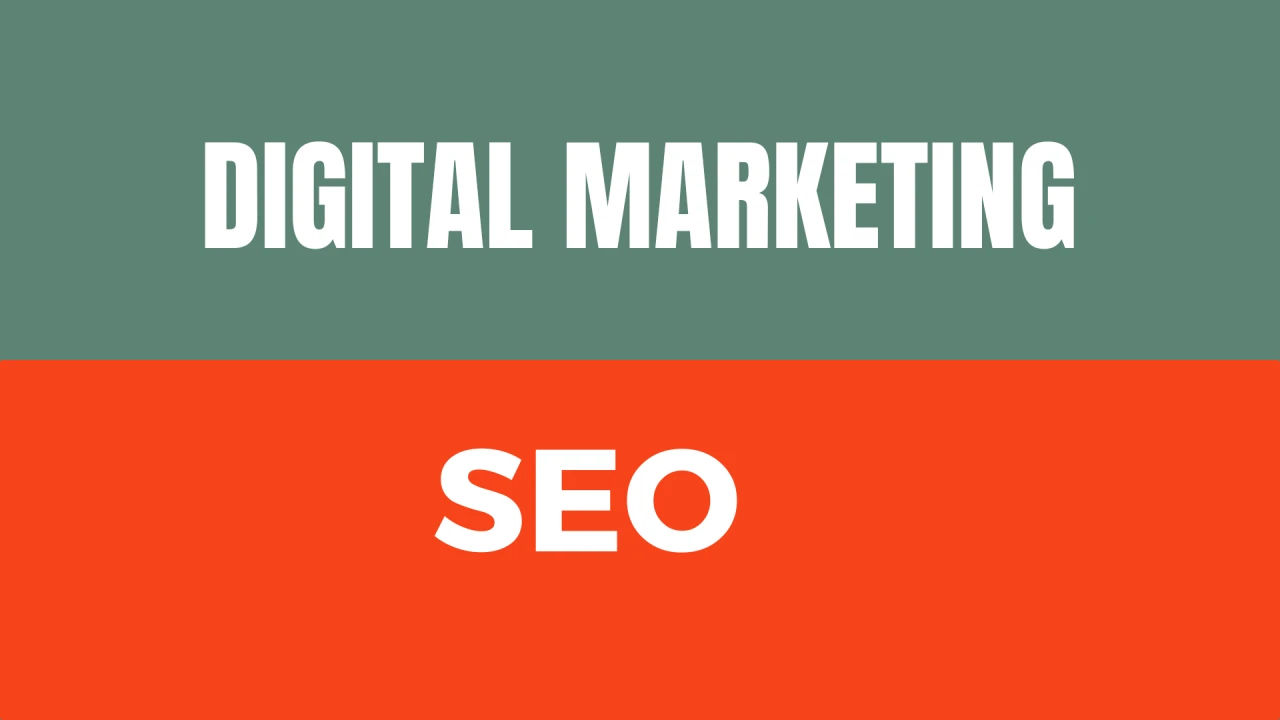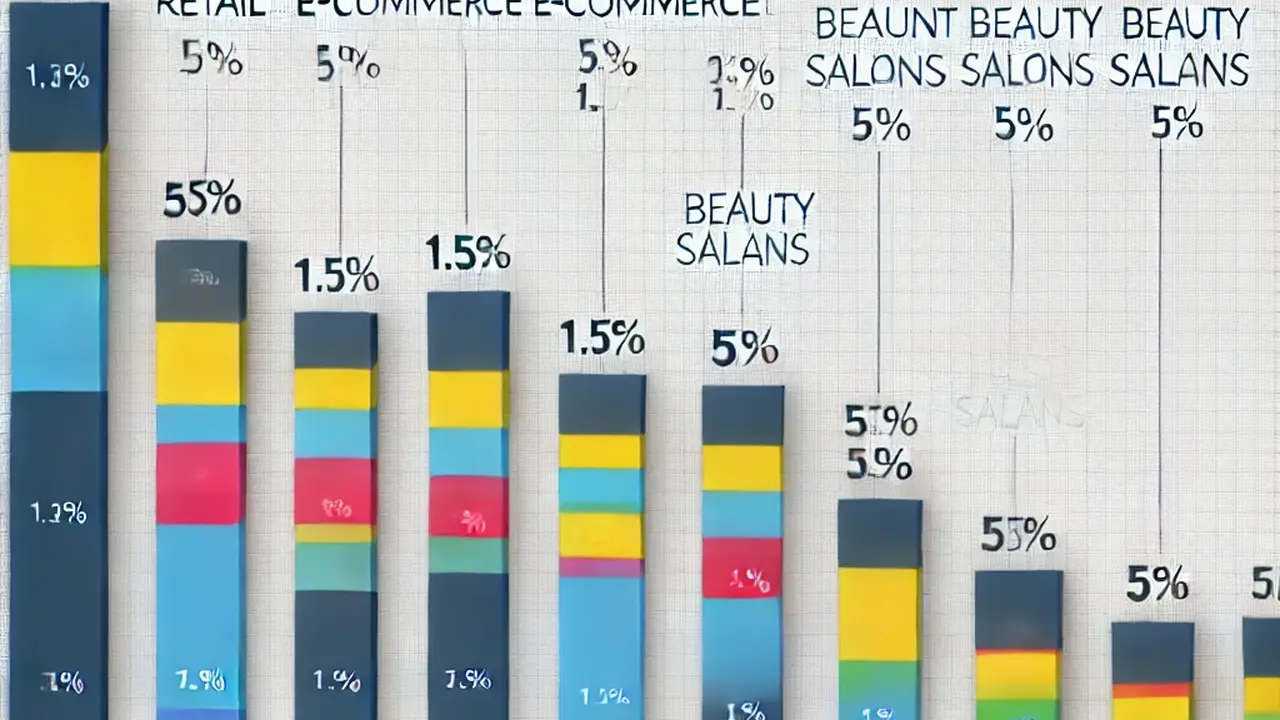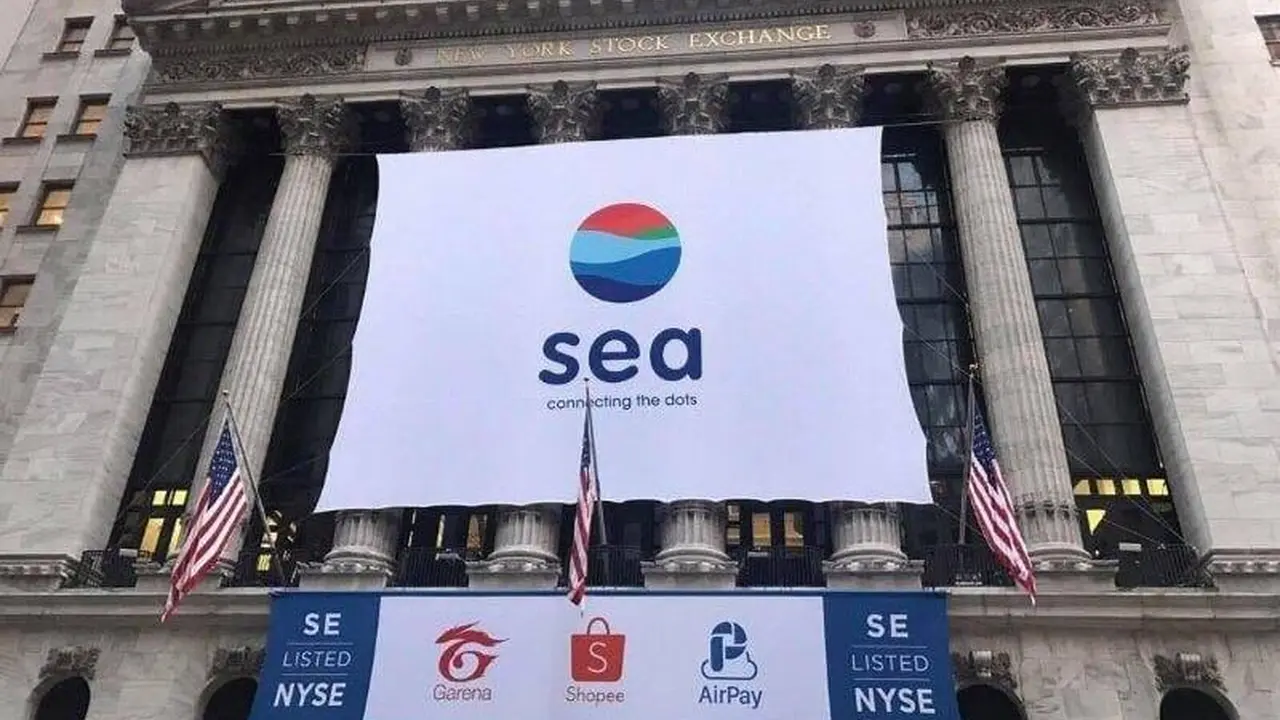The Future of E-commerce Marketing in SEA & Mexico: Trends and Predictions
Sample meta description.

Understanding the E-commerce Landscape in Southeast Asia SEA and Mexico
Okay, let's dive into the wild world of e-commerce in Southeast Asia (SEA) and Mexico. These aren't just emerging markets; they're practically exploding with potential. We're talking about a massive, digitally savvy population that's hungry for online shopping. But hold on, it's not all sunshine and rainbows. Each region has its own quirks, challenges, and opportunities. Understanding these nuances is key to crafting a winning marketing strategy.
In SEA, you've got a diverse mix of countries like Indonesia, Thailand, Vietnam, the Philippines, and Malaysia, each with its own unique culture and consumer behavior. Mobile-first is the name of the game here. Think affordable smartphones, readily available mobile internet, and a preference for social commerce. People are buying directly through Facebook, Instagram, and TikTok – it’s a huge deal!
Mexico, on the other hand, is a bit more mature in its e-commerce adoption. While mobile is still important, desktop usage is also significant. The market is heavily influenced by US trends, but there's a strong emphasis on local brands and products. Trust is a major factor. Mexican consumers are cautious about online payments and prefer secure payment methods and reputable marketplaces.
So, what does this all mean for your marketing strategy? It means you can't just copy and paste what works in the US or Europe. You need to tailor your approach to each specific market.
Mobile-First Marketing Strategies for SEA E-commerce Success
Remember when I said mobile-first? Well, I meant it! If your e-commerce site isn't optimized for mobile, you're basically throwing money away. Here's the thing: People in SEA are glued to their phones. They're browsing, researching, and buying all on their tiny screens. So, your website needs to load fast, be easy to navigate, and look good on any device.
But it's not just about having a responsive website. It's about leveraging mobile-specific marketing channels. Think about:
* **Mobile Advertising:** Targeted ads on Facebook, Instagram, and Google that are designed for mobile viewing. Use eye-catching visuals and concise copy to grab attention. * **SMS Marketing:** Reach customers directly with personalized promotions and updates. Just make sure you have their permission first! Nobody likes spam. * **Mobile Apps:** Consider developing a mobile app for your store. This can provide a better user experience and allow you to send push notifications. * **Social Commerce:** Embrace social shopping! Integrate your product catalog with platforms like Facebook and Instagram so customers can buy directly from their feeds.Let's talk about a concrete example. Imagine you're selling skincare products. Instead of just running generic Facebook ads, you could create a series of short, engaging video ads showcasing how your product works. Target these ads to specific demographics based on their age, location, and interests. You could even partner with local influencers to promote your products to their followers. The key is to be authentic and relatable.
Leveraging Social Media for E-commerce Growth in SEA and Mexico
Social media isn't just a marketing channel; it's a way of life in SEA and Mexico. It's where people connect with friends, discover new products, and make purchasing decisions. So, if you're not active on social media, you're missing out on a huge opportunity.
Here's how to make the most of social media for your e-commerce business:
* **Choose the Right Platforms:** Don't try to be everywhere at once. Focus on the platforms that are most popular with your target audience. In SEA, that's likely to be Facebook, Instagram, TikTok, and maybe even local platforms like LINE (in Thailand). In Mexico, Facebook and Instagram are dominant, but YouTube and WhatsApp are also important. * **Create Engaging Content:** Nobody wants to see boring ads. Create content that is informative, entertaining, and visually appealing. Think about videos, images, stories, and live streams. * **Run Contests and Giveaways:** These are a great way to generate buzz and attract new followers. Offer prizes that are relevant to your target audience. * **Engage with Your Followers:** Don't just broadcast your message. Respond to comments, answer questions, and participate in conversations. * **Use Influencer Marketing:** Partner with local influencers to promote your products to their followers. Choose influencers who are authentic and relatable to your target audience.Let's say you're selling fashion apparel. You could partner with a popular fashion blogger in Mexico to create a series of Instagram posts showcasing your latest collection. The blogger could style your clothes in different ways and provide tips on how to wear them. This would not only expose your brand to a wider audience but also build trust and credibility.
Optimizing for Local Search Engines in SEA and Mexico SEO Strategies
While Google is a major player in both SEA and Mexico, it's not the only search engine you need to worry about. There are also local search engines that are popular in specific countries. For example, in Vietnam, Coc Coc is a significant search engine. In Mexico, while Google dominates, understanding local search behavior is crucial.
Here's how to optimize your website for local search engines:
* **Keyword Research:** Identify the keywords that your target audience is using to search for products and services in your region. Use tools like Google Keyword Planner and Ahrefs to find relevant keywords. Don't just translate English keywords; research the actual terms people are using in their local language. * **Local SEO:** Claim your business listings on Google My Business and other local directories. Make sure your listings are accurate and up-to-date. * **On-Page Optimization:** Optimize your website's title tags, meta descriptions, and header tags with relevant keywords. Also, make sure your website is mobile-friendly and loads quickly. * **Content Marketing:** Create content that is relevant to your target audience's interests and needs. This could include blog posts, articles, videos, and infographics. * **Link Building:** Build links to your website from other reputable websites in your industry. Focus on getting links from local websites.For example, if you're selling electronics in Indonesia, you would want to optimize your website for keywords like "beli laptop online Indonesia" (buy laptop online Indonesia). You would also want to list your business on local directories like Yellow Pages Indonesia.
Personalization and Localization for Enhanced E-commerce Experiences
Generic marketing is a thing of the past. Today's consumers expect personalized experiences. They want to feel like you understand their needs and preferences. That means tailoring your marketing messages and website content to each individual customer.
Here's how to personalize and localize your e-commerce experience:
* **Language:** Translate your website and marketing materials into the local language. Don't just use Google Translate; hire a professional translator to ensure accuracy. * **Currency:** Display prices in the local currency. * **Payment Methods:** Offer a variety of payment methods that are popular in your region. This could include credit cards, debit cards, mobile payments, and cash on delivery. * **Shipping Options:** Provide flexible shipping options that meet the needs of your customers. This could include express shipping, standard shipping, and pickup locations. * **Product Recommendations:** Recommend products that are relevant to each customer's past purchases and browsing history. * **Personalized Emails:** Send personalized email messages that are tailored to each customer's interests and needs.Imagine you're selling coffee beans. You could personalize your website by displaying different coffee bean recommendations based on each customer's past purchases. If a customer has previously purchased dark roast coffee beans, you could recommend other dark roast varieties. You could also send personalized email messages offering discounts on coffee beans that are similar to those the customer has purchased in the past.
E-commerce Product Recommendations and Comparisons for SEA & Mexico
Let's get specific and talk about some product recommendations. The goal here is to showcase products that are relevant and highlight why they are a good choice, including price points and use cases. Remember to keep the cultural context of SEA and Mexico in mind.
Product 1: Portable Bluetooth Speaker - JBL Flip 6
Use Case: Perfect for the on-the-go lifestyle common in both SEA and Mexico. Whether it's a beach trip in Cancun, a hike in the rice terraces of Bali, or a family picnic in Chapultepec Park, the JBL Flip 6 provides excellent sound quality in a durable, portable package.
Features: Waterproof and dustproof (IP67 rating), long battery life (up to 12 hours), Bluetooth 5.1 for stable connection, and JBL's signature sound quality.
Price: Around $130 USD. Prices might vary depending on the retailer and country.
Why it's great for SEA & Mexico: It's durable enough to handle the humidity and occasional rain in SEA, and the portability makes it ideal for the active outdoor lifestyles in both regions. The price point is also relatively accessible.
Comparison: Compared to the Anker Soundcore Motion+, the JBL Flip 6 is more compact and waterproof, making it a better choice for outdoor activities. The Anker Soundcore Motion+ offers slightly better sound quality at a similar price point, but it's less portable and less water-resistant.
Product 2: Smartwatch - Xiaomi Mi Band 7
Use Case: A fitness tracker and smartwatch that's affordable and packed with features. Ideal for health-conscious individuals in SEA and Mexico who want to track their activity levels, monitor their sleep, and stay connected.
Features: Heart rate monitoring, blood oxygen saturation (SpO2) tracking, sleep tracking, step counting, calorie tracking, multiple sports modes, notification alerts, and long battery life (up to 14 days).
Price: Around $50 USD. Extremely competitive price point, making it accessible to a wider audience.
Why it's great for SEA & Mexico: The affordable price makes it a popular choice in price-sensitive markets. The long battery life is also a major plus, as it reduces the need for frequent charging. The fitness tracking features are relevant to the growing health and wellness trend in both regions.
Comparison: Compared to the Fitbit Inspire 3, the Xiaomi Mi Band 7 offers more features at a lower price point. The Fitbit Inspire 3 has a more polished user interface and better integration with the Fitbit ecosystem, but it's significantly more expensive.
Product 3: E-reader - Kindle Paperwhite (11th Generation)
Use Case: For book lovers who want to carry their entire library with them. Perfect for commutes, travel, or relaxing at home. Especially useful where physical books might be expensive or hard to find.
Features: 6.8-inch glare-free display, adjustable warm light, waterproof, 8 GB storage, and weeks of battery life.
Price: Around $140 USD.
Why it's great for SEA & Mexico: Provides access to a vast library of books at affordable prices. The waterproof design is a bonus for reading by the pool or beach. The adjustable warm light makes it comfortable to read at night.
Comparison: Compared to the Kobo Libra 2, the Kindle Paperwhite has a larger ecosystem of books and a more user-friendly interface. The Kobo Libra 2 offers better support for different file formats and has physical page turn buttons, which some users prefer.
Product 4: Action Camera - GoPro HERO11 Black
Use Case: Capturing adventurous moments, from surfing in Bali to exploring ancient Mayan ruins in Mexico. Ideal for vloggers, travelers, and outdoor enthusiasts.
Features: 5.3K video recording, 27MP photos, HyperSmooth 5.0 stabilization, waterproof to 33 feet, and a wide range of accessories.
Price: Around $400 USD.
Why it's great for SEA & Mexico: Allows users to capture stunning videos and photos of their adventures. The waterproof design makes it perfect for water sports and activities. The wide range of accessories allows users to customize the camera to their specific needs.
Comparison: Compared to the DJI Osmo Action 3, the GoPro HERO11 Black offers slightly better image quality and more advanced features. The DJI Osmo Action 3 is more affordable and has a longer battery life.
Product 5: Portable Power Bank - Anker PowerCore 20000
Use Case: Essential for staying connected on the go, especially in areas with unreliable power supply. Crucial for travelers, students, and anyone who relies on their mobile devices throughout the day.
Features: 20000mAh capacity, high-speed charging, multiple USB ports, and surge protection.
Price: Around $50 USD.
Why it's great for SEA & Mexico: Provides a reliable source of power for mobile devices. The high capacity allows users to charge their devices multiple times. The surge protection protects devices from damage. Power outages are more common in some areas of SEA and Mexico, making this a very practical item.
Comparison: Compared to the Xiaomi Power Bank 3 Pro, the Anker PowerCore 20000 is more compact and has better surge protection. The Xiaomi Power Bank 3 Pro has a slightly higher capacity and supports faster charging protocols.
The Evolving Landscape of E-commerce Marketing: What's Next?
The future of e-commerce marketing in SEA and Mexico is all about staying ahead of the curve. Here are a few trends to watch out for:
* **AI-Powered Personalization:** Expect to see even more sophisticated personalization techniques driven by artificial intelligence. This could include personalized product recommendations, dynamic pricing, and AI-powered chatbots. * **Augmented Reality (AR) and Virtual Reality (VR):** AR and VR are poised to revolutionize the e-commerce shopping experience. Imagine being able to virtually try on clothes or visualize furniture in your home before you buy it. * **Voice Commerce:** Voice assistants like Alexa and Google Assistant are becoming increasingly popular. Expect to see more people using voice commands to shop online. * **Sustainable E-commerce:** Consumers are becoming increasingly concerned about the environmental impact of their purchases. E-commerce businesses that prioritize sustainability will have a competitive advantage. * **The Metaverse and E-commerce:** While still early days, the Metaverse will likely create new opportunities for e-commerce through virtual stores and immersive shopping experiences.The key to success in the ever-changing world of e-commerce marketing is to be adaptable, innovative, and always focused on the customer. Understand the unique needs and preferences of your target audience, and tailor your marketing strategies accordingly. Embrace new technologies and trends, and never stop learning. The future of e-commerce is bright, and there's plenty of opportunity for those who are willing to embrace the challenge.
:max_bytes(150000):strip_icc()/277019-baked-pork-chops-with-cream-of-mushroom-soup-DDMFS-beauty-4x3-BG-7505-5762b731cf30447d9cbbbbbf387beafa.jpg)






